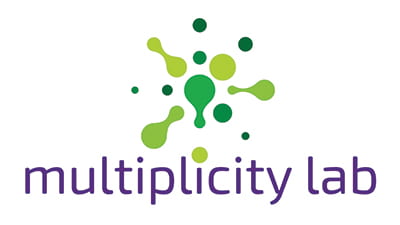Image of the Week: It's Time to Notice & Wonder
March 27, 2022It’s Time to Notice & Wonder
For many teachers in the US, it is testing season. Research shows that collectively teachers spend far too much time, especially at this time of year, on what we call test-prep, which usually involves large numbers of repetitive problems and performing rote procedures. This has been shown not only to not help student performance on standardized tests, but also to undermine students’ understanding of what mathematics is and who they are as mathematicians. It’s time to fight back.
We think one of the best ways to counteract the undertow pulling us toward centering the test rather than children’s thinking is to slow down and make space to notice and wonder with your students. We’ve written before on the power of noticing and wondering, and we’ve made a video on how to notice and wonder with your students that we shared last fall. We encourage you to explore both of these resources to learn more. Noticing and wondering positions your students with the authority to interpret and explore the world mathematically. And you never know where their questions might take you.
Try it yourself. Look at this week’s image, an aerial view of a roundabout in Bangkok, Thailand. What do you notice? What do you wonder? You might notice:
- There are concentric circles of plants in patterns within the roundabout and wonder: How big is this circle? How did they create those patterns?
- There are a lot of cars and wonder: How many cars are there? How long does it take to go through this roundabout? Is this a typical day or a very busy one?
- On each of the four streets connected to the roundabout, cars are mostly on one side of the street, and wonder: Why? Are the cars mostly heading into or out of the circle?
- The buildings are very close together, and wonder: How many people live in these buildings? How do you get into and out of the buildings farther from the streets?
Some of these questions are the kind your students could investigate, while others would require more information than students have access to through the image itself. All are mathematical, whether posed through the lens of counting, data, geometry, patterning, or measurement. Whether you plan to dedicate time to investigate students’ questions or just want to create space to wonder together, we encourage you to put your students’ mathematical thinking and identities at the center of what you do. Try this – or any of our Notice & Wonder activities – with your students tomorrow. It’s time.
And we invite you to follow us on Twitter! Tweet us the fascinating ideas you students have about our activities or how you’re trying these activities in your space. We can’t wait to hear from you!
To multiplicity, cheers!
Jen Munson and the multiplicity lab group

